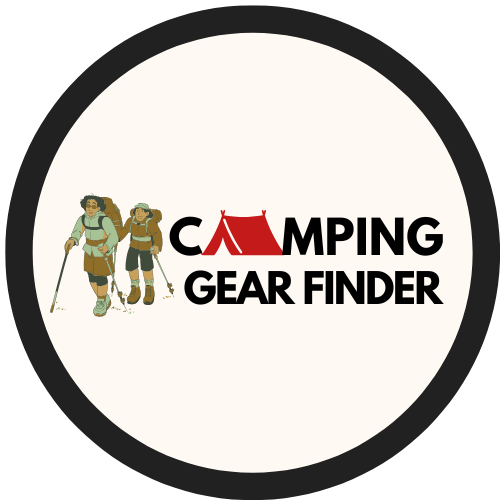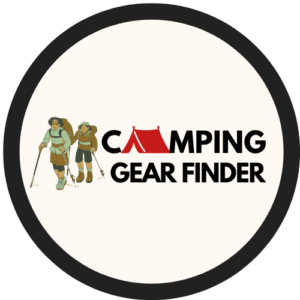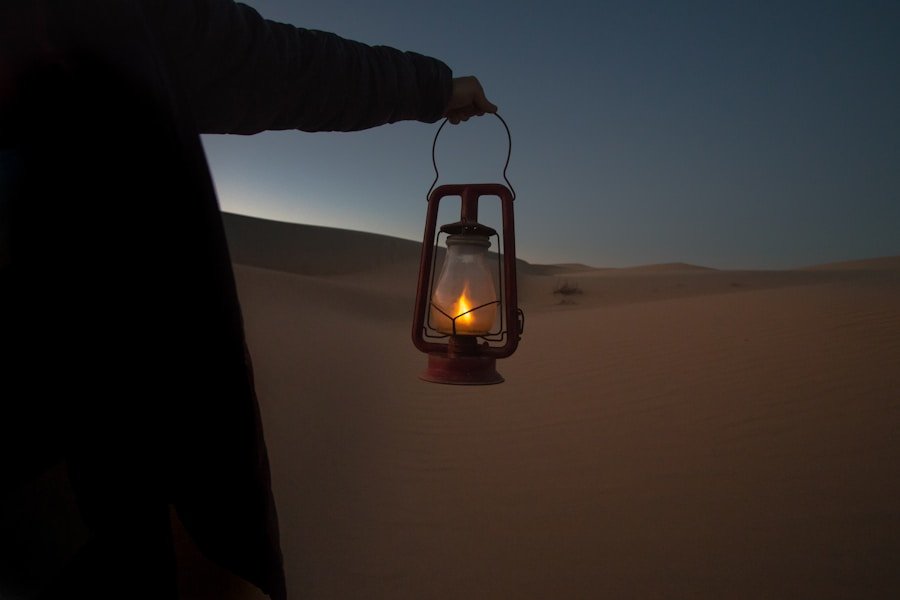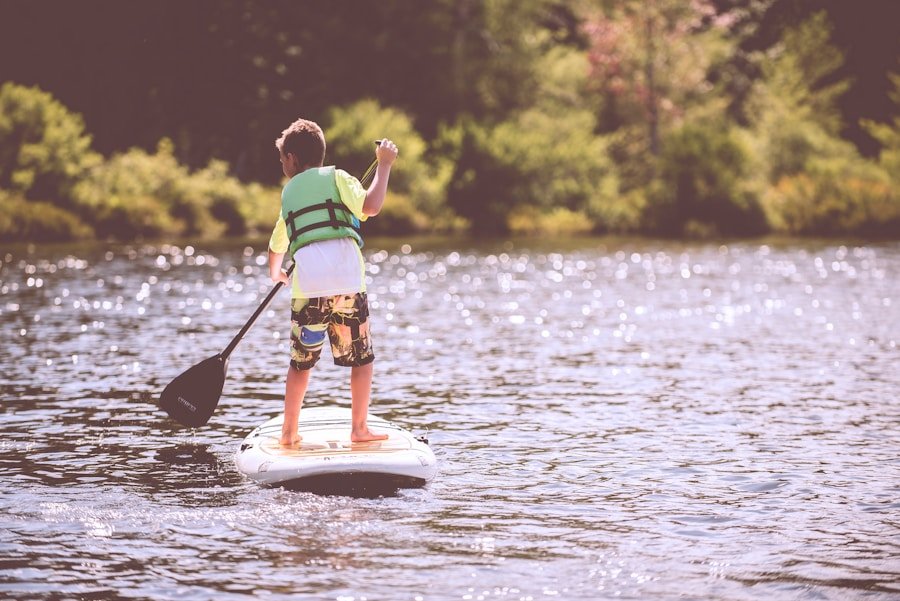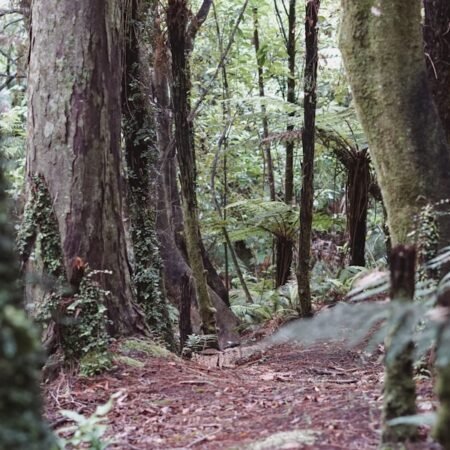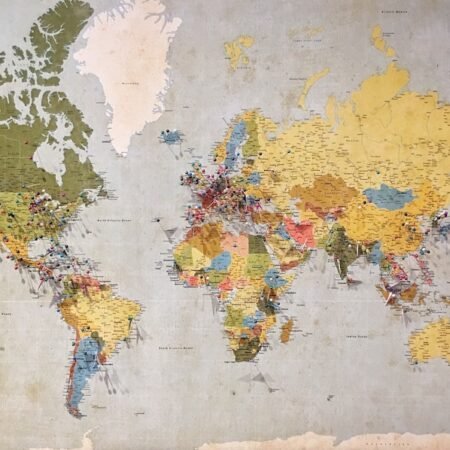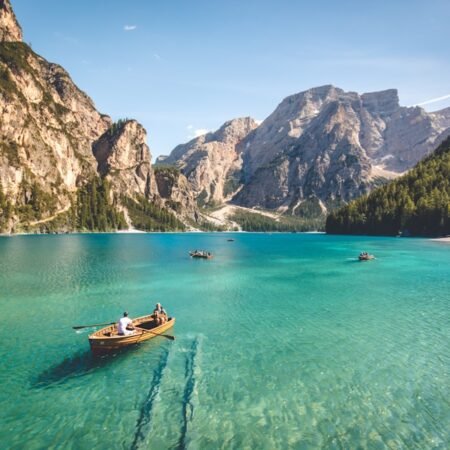When embarking on an extended camping trip, it is crucial to select gear that not only meets your needs but also optimizes storage space in your backpack or vehicle. Begin by choosing a tent that is both durable and lightweight, capable of comfortably accommodating your group size. Opt for a compact design that facilitates easy packing and assembly.
Furthermore, invest in a high-quality sleeping bag that provides warmth while being compressible, allowing for convenient storage. Look for a sleeping bag that can be rolled or compressed to minimize pack space. Another essential item to consider is a portable stove for meal preparation.
Select a stove that is lightweight, compact, and powerful enough to cook a variety of meals. Additionally, consider investing in a collapsible water container that can be easily stowed away when not in use. Lastly, don’t overlook the importance of a reliable and durable backpack or duffel bag to carry all your gear.
Opt for a pack with multiple compartments and adjustable straps to ensure a comfortable fit.
Key Takeaways
- Choose lightweight and compact gear to save space and make packing easier
- Use storage containers and packing cubes to keep your supplies organized and easily accessible
- Roll your clothing and bedding to save space and prevent wrinkles
- Utilize every inch of space in your backpack or vehicle by packing strategically
- Pack essential cooking items and meal prep supplies to save money and eat well while camping
Organizing Your Supplies
Organizing Your Camping Supplies for Maximum Efficiency
Creating a Checklist
Once you have chosen the right gear for your camping trip, it’s important to organize your supplies in a way that maximizes space and efficiency. Start by creating a checklist of all the items you will need for the trip, including clothing, bedding, cooking supplies, and emergency essentials. This will help you avoid overpacking and ensure that you have everything you need.
Packing Clothing and Bedding
Next, consider using storage containers or compression sacks to organize and pack your clothing and bedding. Compression sacks are especially useful for reducing the bulk of items like sleeping bags and clothing, allowing you to fit more into your pack or vehicle.
Organizing Smaller Items
Additionally, consider using packing cubes or small bags to separate and organize smaller items like socks, underwear, and toiletries. This will make it easier to find what you need without having to dig through your entire pack.
Packing Strategies for Clothing and Bedding
When it comes to packing clothing and bedding for a long camping trip, it’s important to be strategic in order to save space and reduce bulk. Start by choosing clothing that is versatile and can be layered for warmth. Look for lightweight and quick-drying materials that can be easily washed and dried while on the go.
Consider packing items like convertible pants, moisture-wicking shirts, and insulating layers that can be easily packed down when not in use. When it comes to bedding, consider investing in a lightweight and compact sleeping pad that can be easily rolled or folded for packing. Additionally, look for a sleeping bag that is designed for the specific conditions you will be camping in, whether it’s warm summer nights or cold winter temperatures.
Consider using compression sacks or vacuum-sealed bags to reduce the bulk of your bedding and make it easier to pack.
Maximizing Space in Your Backpack or Vehicle
| Space-Saving Tip | Description |
|---|---|
| Roll Your Clothes | Rolling clothes instead of folding them can save space in your backpack or suitcase. |
| Use Compression Bags | Compression bags can help reduce the volume of your clothing and bedding items. |
| Choose Multi-Functional Gear | Opt for gear that can serve multiple purposes to save space and weight. |
| Plan Meals Carefully | Pre-plan your meals and pack only the necessary food items to avoid overpacking. |
| Utilize Empty Spaces | Fill empty spaces in your backpack with smaller items to maximize space usage. |
Whether you will be hiking to your campsite or driving to a remote location, it’s important to maximize space in your backpack or vehicle in order to fit all of your gear and supplies. Start by packing the heaviest items at the bottom of your pack or vehicle to distribute weight evenly. This will make it easier to carry or transport your gear without straining your back or overloading your vehicle.
Additionally, consider using every available space in your pack or vehicle, including pockets, compartments, and even the space inside your shoes. Look for ways to pack items inside other items, such as stuffing socks inside shoes or rolling up clothing to fill empty spaces. Consider using carabiners or straps to attach bulky items like sleeping pads or tents to the outside of your pack or vehicle to free up space inside.
Essential Items for Cooking and Meal Prep
When packing for a long camping trip, it’s important to bring along essential items for cooking and meal prep in order to stay well-fed and nourished while in the great outdoors. Start by packing a lightweight and portable stove that is suitable for the type of meals you plan to cook. Look for a stove that is easy to set up and use, with adjustable heat settings for cooking different types of food.
Additionally, consider bringing along a compact cookware set that includes pots, pans, and utensils for preparing meals. Look for cookware that is designed for camping and outdoor use, with nesting pots and pans that can be stacked together to save space. Don’t forget to pack essential items like a cutting board, knife, and multi-tool for preparing food and making repairs while on the go.
Tips for Minimizing Waste and Reducing Bulk
Plan Your Meals Wisely
Start by planning meals that require minimal packaging and waste, such as one-pot meals that can be cooked and served in the same pot. This approach will not only reduce waste but also save you time and effort during meal preparation.
Choose Reusable Containers and Bags
Consider using reusable containers and bags for storing food instead of disposable plastic bags or packaging. This eco-friendly approach will significantly reduce waste and minimize your environmental footprint.
Pack Multi-Purpose Items
Look for ways to reduce bulk by packing items that serve multiple purposes. For example, consider bringing along a multi-purpose tool that includes a knife, scissors, can opener, and other useful tools in one compact package. Similarly, look for clothing and gear that can be used for multiple activities, such as hiking, swimming, and lounging around camp.
Packing for Safety and Emergency Preparedness
Finally, when packing for a long camping trip, it’s important to include essential items for safety and emergency preparedness in case of unexpected situations. Start by packing a well-stocked first aid kit that includes bandages, antiseptic wipes, pain relievers, and other essential medical supplies. Additionally, consider bringing along items like a whistle, signaling mirror, and emergency blanket for signaling for help in case of an emergency.
It’s also important to pack essential items for navigation and communication, such as a map and compass or GPS device, as well as a fully charged cell phone or satellite communicator. Consider bringing along extra batteries or a portable solar charger to keep your devices powered up while off the grid. Finally, don’t forget to pack extra food and water in case of an unexpected delay or emergency situation.
In conclusion, packing efficiently for a long camping trip requires careful consideration of the right gear, organization of supplies, strategic packing of clothing and bedding, maximizing space in your backpack or vehicle, essential items for cooking and meal prep, minimizing waste and reducing bulk, and packing for safety and emergency preparedness. By following these space-saving tips and strategies, you can ensure that you have everything you need for a successful and enjoyable camping adventure without being weighed down by unnecessary bulk or wasted space. Happy camping!
FAQs
What are some space-saving tips for packing for a long camping trip?
Some space-saving tips for packing for a long camping trip include using compression bags for clothing, packing multi-purpose items, and utilizing the space inside your shoes for small items.
How can I efficiently pack food for a long camping trip?
Efficiently pack food for a long camping trip by using resealable bags, portioning out meals in advance, and choosing lightweight, non-perishable items.
What are some essential items to pack for a long camping trip?
Some essential items to pack for a long camping trip include a tent, sleeping bag, cooking supplies, first aid kit, and appropriate clothing for the weather.
How can I maximize space in my backpack for a long camping trip?
You can maximize space in your backpack for a long camping trip by using packing cubes, organizing items by priority, and attaching gear to the outside of your pack.
What are some tips for packing efficiently for a long camping trip with kids?
When packing for a long camping trip with kids, consider their specific needs and pack items such as extra clothing, entertainment, and comfort items. Additionally, involve them in the packing process to ensure they have what they need.
